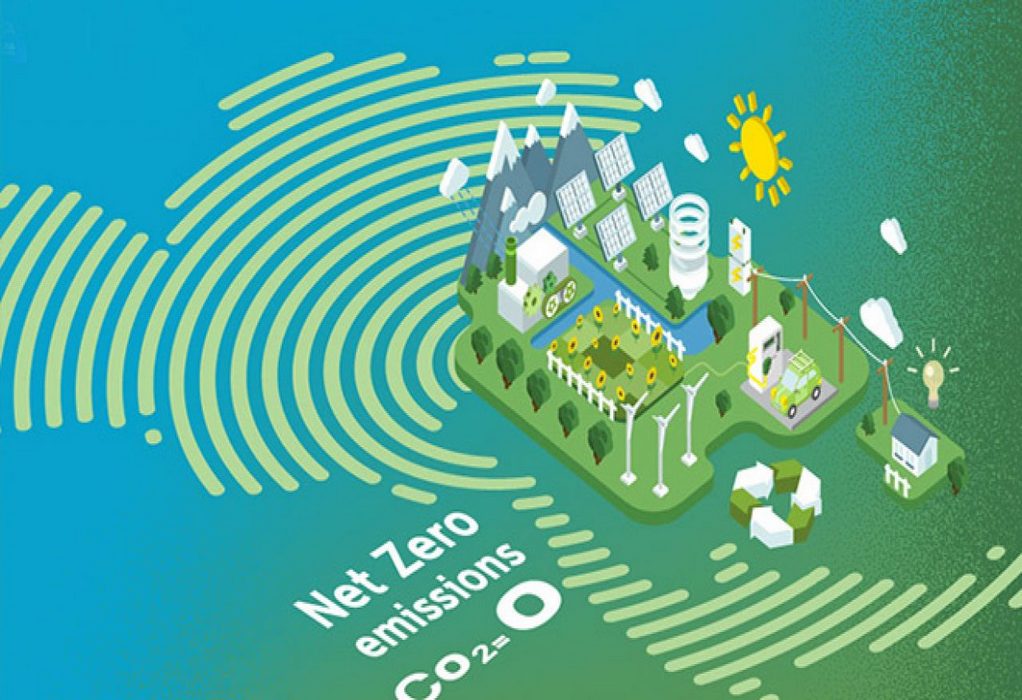The decisive role of public-private partnerships in delivering net zero for shipping by 2050 was spotlighted by Christopher J. Wiernicki, ABS Chairman, President and CEO in his keynote address at the 2022 SHIPPINGInsight conference.
“We are clearly in the early innings of a decade of change. For shipping, the challenge and opportunity lies in two stories: shipping for shipping, which is the decarbonization of our industry, and shipping for the world, highlighting shipping’s pivotal role as an enabler of the global green energy transition. Green shipping corridors and clean energy marine hubs unite these two great shipping stories and offer us a clear pathway to 2050. However, we need regulatory clarity and consistency. It is not just about the tank-to-wake vs well-to-wake issue. It is also very much about the port to ship issue since port inefficiency will directly impact ship efficiency in terms of CO2 emissions,” said Wiernicki.
“To understand shipping’s role in the transition, we need to appreciate – and we need governments to appreciate – how shipping will be the enabler and transport vehicle to bring the next generation of clean fuels to market. An excellent example of this in action is the emerging liquid CO2 carrier market. By connecting producers to consumers, shipping will be the cornerstone on which all related supply chains will be built. In fact, shipping for the world really gets highlighted when you stretch the green corridors and connect them with the clean energy marine hubs. Shipping now becomes part of the solution,” he added.
His address followed publication of ABS’ industry-leading Green Shipping Corridors -Leveraging Synergies document, an in-depth exploration of green corridors and insights into their critical contribution to the landscape of maritime decarbonization while highlighting the connection with energy hubs. The document sets out how green shipping corridors will help the industry determine the right balance between managing risks and achieving business success.
“In order to make green shipping corridors a reality there needs to be a playbook that provides structure around critical success factors. This is what ABS has done,” said Wiernicki. “Green shipping corridors and clean energy marine hubs are interconnectors. They bring all of the pieces of the decarbonization puzzle together, including point to point trading and spot trading, and address the challenges of a diverse, disaggregated and globally regulated industry with carefully calibrated ecosystems designed to deliver success at scale and pace. They are excellent examples of the public-private partnerships we will need in order to move up the steep gradient to get to net zero by 2050.”
Source: ABS
Tags: ABS, CO2 Emissions, NetZero, PPP



Recent Posts
Scandlines Nears Delivery of Zero Emissions Ferry Following Successful Sea Trials
India faces emission roadblocks with rising net-zero demands
Green Energy Resources invests in two electric Liebherr LHM 550
NYK Launches Continuous Use of Bio LNG Fuel on Car Carriers to Advance Decarbonization Goals
Yang Ming Expands Fleet with Methanol and LNG Dual-Fuel Vessels Under Fleet Optimization Plan
ClassNK Advocates Speed Gap Monitoring to Optimize Fuel Efficiency in Heavy Weather
Wärtsilä’s retrofit package for the Corsica Linea ferry Pascal Paoli has resulted in fuel savings of up to 22 percent Corsica Linea
COSCO Shipping Names Second Methanol Dual-Fuel Containership in Yangzhou